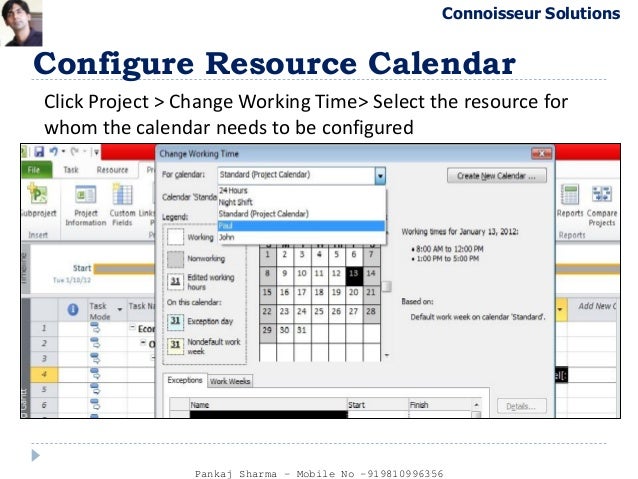What Is Fixed Cost Column In Ms Project
Someone explain the difference between entering a cost resource in the resource sheet and inputting a fixed cost in the fixed cost column - is it simply that I can give the resource cost a. PERFECT PROJECT PLANNING. When you do so, Microsoft Project will capture the original Fixed Cost amount in the Baseline Fixed Cost column. To enter the actual Fixed Cost amount, you must enter the number into the Actual Cost column for the task. This is because there is no column called Actual Fixed Cost. How to spread fixed costs over an entire project in MS Project 2010? In prior versions of MS Project, one could easily spread a fixed cost such as overhead across an entire project by assigning the cost as a resource to the project summary task.
In my project I have chargeable rates for each resource in rate table A. As well as the total costs using these rates, I also have to calculate task and total costs using a discounted rate for each resource. If you like, this is a 'retail' rate and an 'internal' rate, or the difference between a price and a cost. (The reason for this is that it is a project where we contribute part of the total price for the project, and the client contributes the rest.)I can get the Resource Sheet to calculate a total cost for each resource, by entering a discount in a custom field, and calculating the discounted price in another custom field. But how to do it in the GANTT chart Cost sheet?So, the rates I have entered calculate the total project 'price' correctly, but what I would like to do - as well - is to calculate the task 'cost' using the 'price' discounted resource rates (from the custom resource fields), show them in the GANTT chart Cost sheet, and then report on them.I would like to avoid entering rates in the Rate B for each resource, and then manually changing every resource to rate B when I want to do my calculations. Another workaround might be to save a Baseline cost, and then change the resource prices to the discounted rate, but that seems to me the wrong way to do it.Any suggestions?
This post will illustrate how to calculate costs in Microsoft Project. As you will see below, each tasks has a total cost and an actual cost. The actual cost are those costs that have actually been incurred during the execution of the project.Costs in Microsoft Project and ® are very different. Each task in Microsoft Project may have an arbitrary dollar value. We’ll assign some below to demonstrate. This is not true of Standard Time®. Standard Time calculates task costs by multiplying hours times rates.
What Is Fixed Cost Column In Ms Project Chart
(C = H. R) There are various rates a project may have, but the formula is always true. Microsoft Project is different. Follow the steps below to calculate costs in MSP.Create some tasks:. Add a task named “Task 1”. Add a task named “Task 2”. Set the Duration to 100h and 40h respectively.
Remove all columns by the Duration column (right-click and choose Hide Column)The results look like this:Insert the following columns:. Cost. Actual Work.% Complete. Actual CostThe results will look like this:Microsoft Project Cost FieldsExperiment with the Duration, Cost, and Actual Work fields, and you will see updates costs values. The image below illustrates this.Updated Microsoft Project Cost Values–ray Categories Post navigation. Navigate.Archives.
(1). (2). (1). (1). (2). (3).
(3). (1). (5). (3). (5). (3). (2).
(2). (3). (1). (3). (2). (4).
(1). (4).
(3). (2). (4). (2). (2).
(2). (4). (5). (7). (5). (12). (9).
(11). (14). (17).
(14). (15). (21). (19). (21). (16). (21).
(13). (1).

(1). (1). (2). (2). (7). (6).
(5). (12). (7). (12). (10).
(14). (12). (4). (1). (3). (2). (1).
(2). (5). (5). (5).

(11). (6). (16). (22). (21). (22).
Naruto ninja storm 3 download. (22)Categories Categories Scoutwest, Inc.